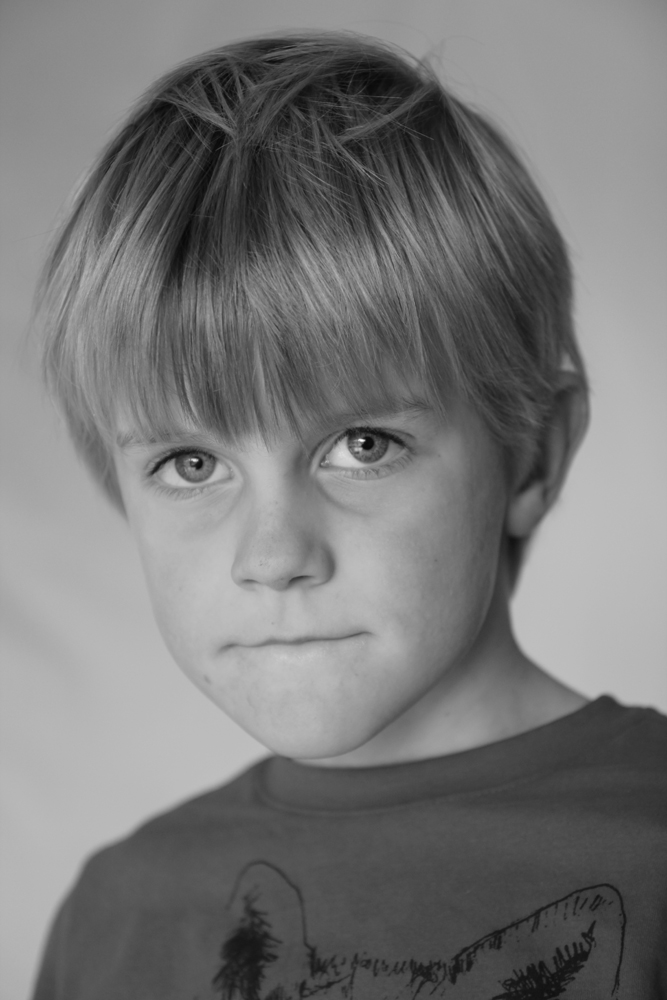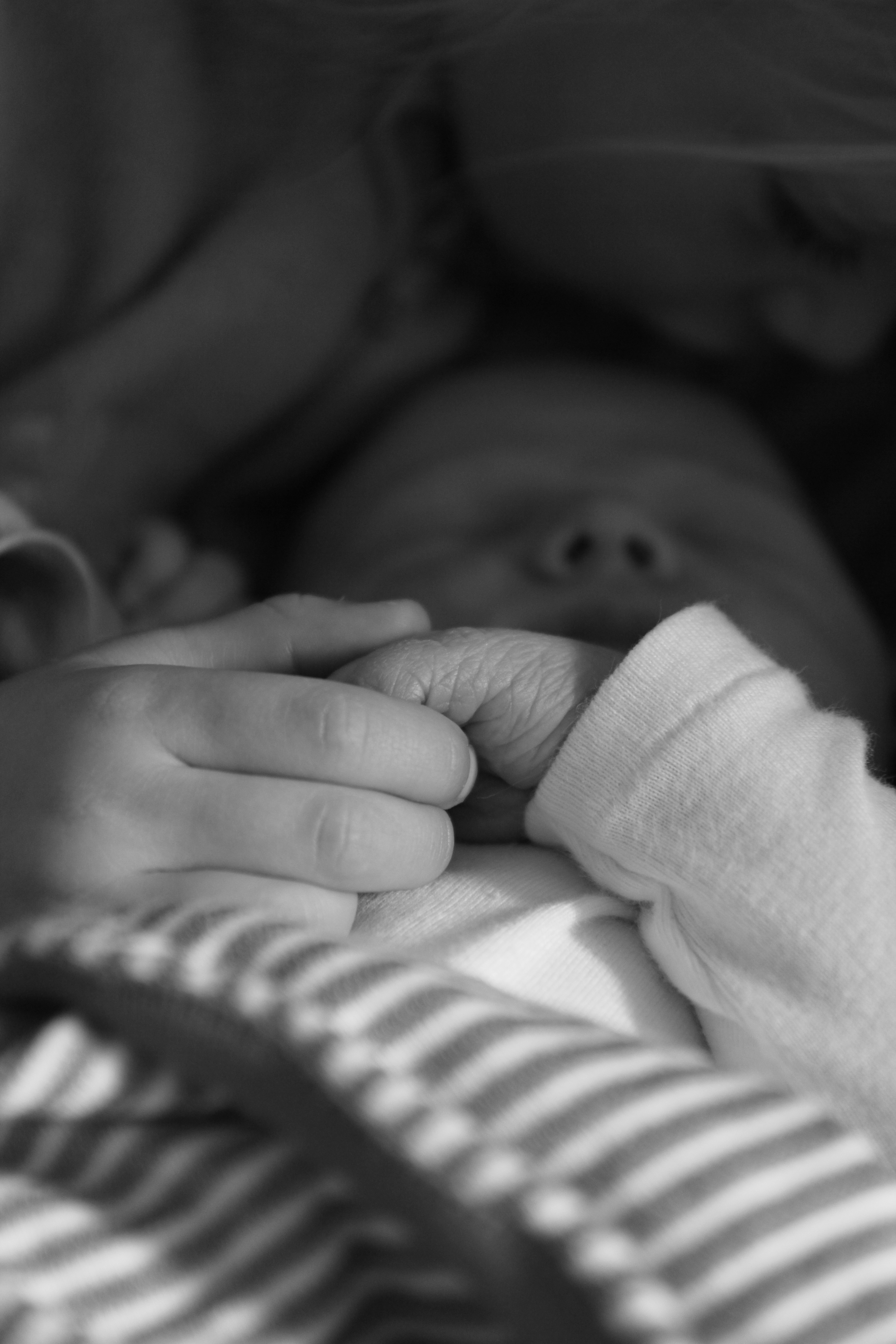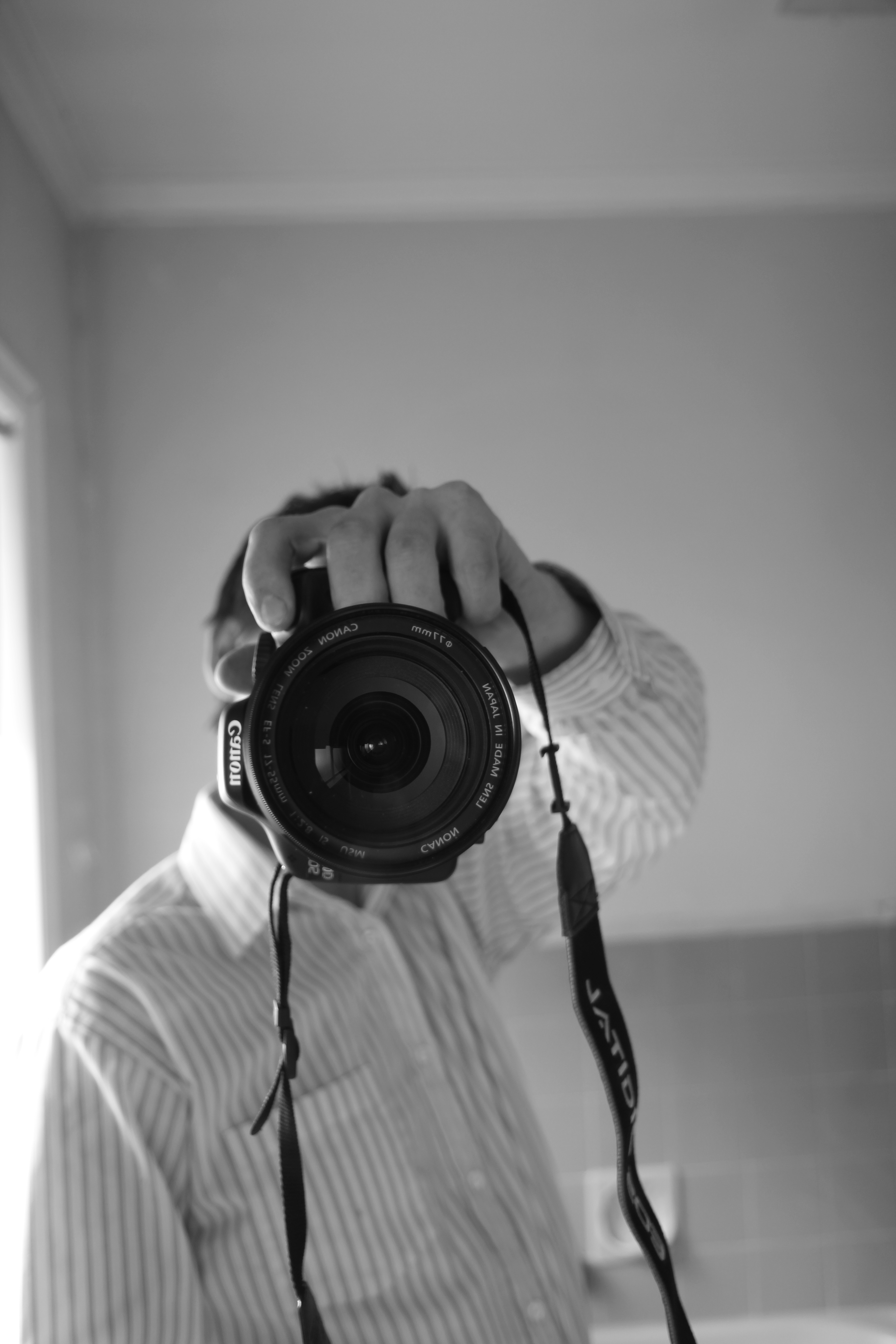When it comes to putting photos of my kids on Facebook I think I’m somewhere between one of those lunatics you see holding up a ‘The end is nigh!’ sign and King Canute.
I still think it’s dangerous, I would rather it didn’t happen…but deep down I know that there is no chance I’m going to stop it. So am I a paranoid delusional madman…or is everyone else just stupid? Well clearly the first option is ridiculous…so it must be the second one.
Sorry.
Now I’m No Expert But…here’s why:
1. Dear stalker, do you need any other info on my child?
I’ve put up a photo of them on their first day of school so you know what they look like and what school they go to. From some of my other posts you know their hobbies, friends and cute stories about them, what my name is and what I do. But have I really given you enough info to go on?
2. Wait, why is my child’s image on that ad?
At the moment you can change your privacy settings so that your photos aren’t used in ads. But an ad for a product that features your own child is going to have a massive impact on whether you buy that product. So companies would pay a lot of money in order to get access to your photos for their ads…and Facebook would really like to take that money.
So as long as Facebook puts a greater emphasis on your wishes than on large amounts of money…you’ll be fine…*snigger*.
3. But people need to know what my child has achieved!
Let’s face it. The minute you have kids, you have pretty much given up on achieving anything impressive for yourself for the next 15 years. So you can’t really post ‘Just remembered to put the bins out’ or ‘Just fed the whole family and didn’t kill them’ because no-one really cares (actually in truth you can and most likely do post these sorts of achievements…but you shouldn’t…you’re ruining the internet for everyone with this sort inanity). But if your child has done anything from losing a tooth, to riding a bike to not asking ‘why is that lady so fat?’ in public…then this is worthy of a post and a photo. Because your child’s achievement is vicariously your achievement. After all they couldn’t have possibly done it without your exceptional parenting.
So by all means put up those photos of your kids…but just don’t pretend that you’re saying anything other than ‘My child is better than your child!’
4. Wow! That’s some impressive paranoia you’ve got there.
Ok, I’ll admit that the chance of someone stalking my child as a result of appearing on Facebook is remarkably slim. In fact the whole idea of stranger danger is a bit of a nonsense seeing as about 85% of all acts of abuse a perpetrated by someone the child knows…and if they know the child then they’re not going to need Facebook to know that they look like.
But then I’m sure that every one of those muppets who leaves their key in the wheel arch of their car while they go for a walk/run and comes back to find it stolen was equally sure it wasn’t going to happen to them.
5. But I’ve got some great photos!
Ah, this is where it gets tricky. In a previous post I talked about the importance of shooting what you know and what is going on around you. For me, pretty much all I know and all that’s going on around me is my kids…and if I had to choose the best 10 photos I’ve taken over the last 5 years, I can guarantee that they would all be photos I’ve taken of my kids. Not being able to show these off via social media is killing me…KILLING ME!!
But given the choice between fulfilling my heart’s desire…and maintaining my ill advised devotion to a poorly thought out idea, I’m going with the latter (I didn’t endure 18 years of Catholic education for nothing!).
So there we go. Parenting is all about choosing the risks you want to expose your child to. I’ll happily let my 6yo son ride around the block on his bike by himself, but I won’t put identifiable photos of him on the internet. A lot of people would do the exact opposite.
I know that in 6-7 years he will be happily sharing photos and videos of himself that will cause him a lot more grief than anything I could post. And I know that my refusal to put photos up is completely useless seeing as my wife happily puts photos of our kids on Facebook.
But like a recipe in a Teague Ezard cookbook, I’m complicated.
I’m also interested to hear your thoughts, so what do you think twice about putting on Facebook?




